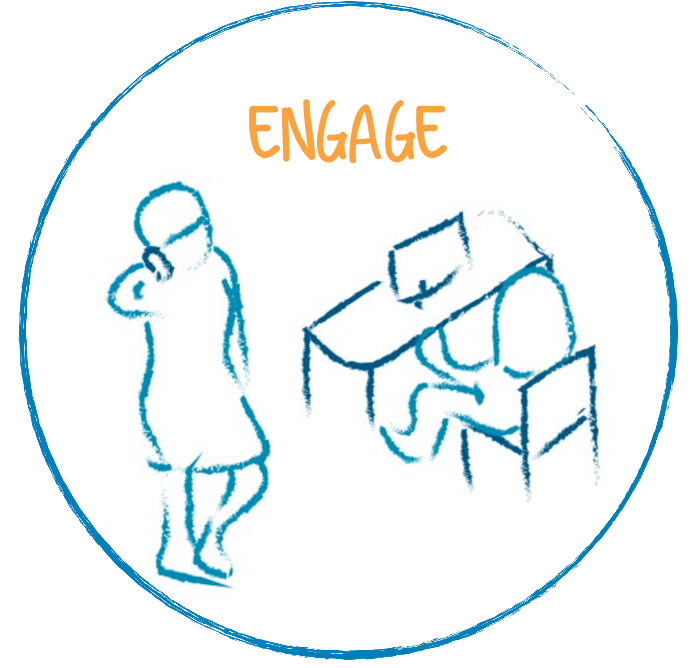“Many Americans apparently feel that policy is something done to them, rather than with them.” Pete Petersen, the dean of the Pepperdine School of Public Policy, suggests in is WSJ OpEd, that programs like his need some updates to teach how to further engage citizens.
Mr. Petersen’s OpEd titled Trump, Sanders and the Populist Anti-Policy Surge was published on Friday, May 20th in the Wall Street Journal.
“They (Americans) disdain the unknown “experts” in distant Washington DC who devise everything from trade deals to overtime rules.” Part of the problem, Mr Petersen suggests, is that “academic programs in public policy focus on quantitative knowledge and standardized solutions which has created what we see today: from local planners who don’t listen, to White House advisers who believe that OmabaCare passed because of the “stupidity of the American voter.”
Here are the updates that he suggests to public policy programs in graduate schools:
- Teach public policy students to think of the public not as a faceless mass, but as actual, individual human beings. “Students should read what the Great Books say about the role of a citizen in democracy, while studying human behavior. This would help them see that policy developed for Rome GA, may not work in Rome, NY and that some government services might be better provided by a local non-profit or through collaboration with the private sector.”
- Teach how to facilitate public meetings or publicize them to increase participation from all citizens instead of letting meeting be “typically dominated by people with narrow agendas”.
- Teach the role of technology in mediating the relationship between the citizen and his government.
Mr. Petersen suggestions are applicable also to candidate training programs, and validate the goals of organizations like the Policy Circle. For instance, The Free to Choose Network recently published a video on The Real Adam Smith – highlighting that Adam Smith was an observer seeking to understand the way the world works. We should all try to understand human behavior and the world around us before we try to change it.
The Policy Circle Roundtable Discussion model and facilitation framework ensures that everyone feels heard and validated. It would be interesting to see how it can be scaled up for community engagement especially on issues that affect everyone like school district consolidation.
When it comes to technology, the tools are there to engage with the public. How much of tax-payers dollars should be spent on Facebook campaigns, MySidewalk socio-economic data, online survey design and analysis? Citizens need to support their leaders to pay to develop a plan to leverage technology for communication and outreach. But first, Mr Petersen is right, policy makers need to learn to embrace technology to engage the citizen beyond posting the details of the latest village fair.
What would you include in an on-line course for policy makers?




